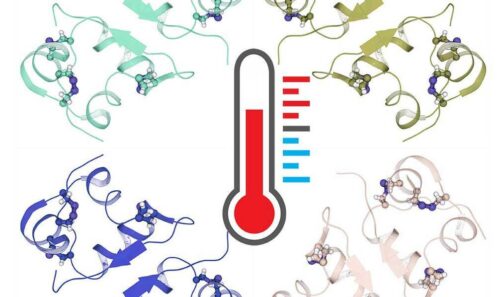Ionizing radiation (IR) can pass through the human body easily, potentially causing severe damage to all biocomponents, which is associated with increasing oxidative stress. IR is employed in radiotherapy; however, in order to increase safety, it is necessary to minimize side effects through the use of radioprotectors. Water-soluble derivatives of fullerene exhibit antiradical and antioxidant properties, and these compounds are regarded as potential candidates for radioprotectors. We examined the ability of fullerenol C60(OH)36 to protect human erythrocytes, including the protection of the erythrocytal antioxidant system against high-energy electrons. Human erythrocytes irradiated with high-energy [6 MeV] electrons were treated with C60(OH)36 (150 µg/mL), incubated and haemolyzed. The radioprotective properties of fullerenol were determined by examining the antioxidant enzymes activity in the hemolysate, the concentration of -SH groups, as well as by determining erythrocyte microviscosity. The irradiation of erythrocytes (650 and 1300 Gy) reduces the number of thiol groups; however, an attenuation of this harmful effect is observed (p < 0.05) in the presence of C60(OH)36. Although no significant effect of fullerenol was recorded on catalase activity, which was preserved in both control and test samples, a more active protection of other enzymes was evident. An irradiation-induced decrease in the activity of glutathione peroxidase and glutathione reductase became an increase in the activity of those two enzymes in samples irradiated in the presence of C60(OH)36 (p < 0.05 and p < 0.05, respectively). The fourth studied enzyme, glutathione transferase, decreased (p < 0.05) its activity in the irradiated hemolysate treated with C60(OH)36, thus, indicating a lower level of ROS in the system. However, the interaction of fullerenol with the active centre of the enzyme cannot be excluded. We also noticed that radiation caused a dose-dependent decrease in the erythrocyte microviscosity, and the presence of C60(OH)36 reduced this effect (p < 0.05). Overall, we point to the radioprotective effect of C60(OH)36 manifested as the protection of the antioxidant enzymes of human erythrocytes against IR-induced damage, which has not been the subject of intense research so far.
Related researches 71 articles
























![Inhalable gadofullerenol/[70] fullerenol as high-efficiency ROS scavengers for pulmonary fibrosis therapy](https://biofullerene.com/wp-content/uploads/2022/12/istockphoto-12925559-440x356.jpg)
























![Palladium-Catalyzed Reaction of [60]Fullerene with Aroyl Compounds via Enolate-Mediated sp 2 C-H Bond Activation and Hydroxylation](https://biofullerene.com/wp-content/uploads/2022/12/2978543-356x356.png)











